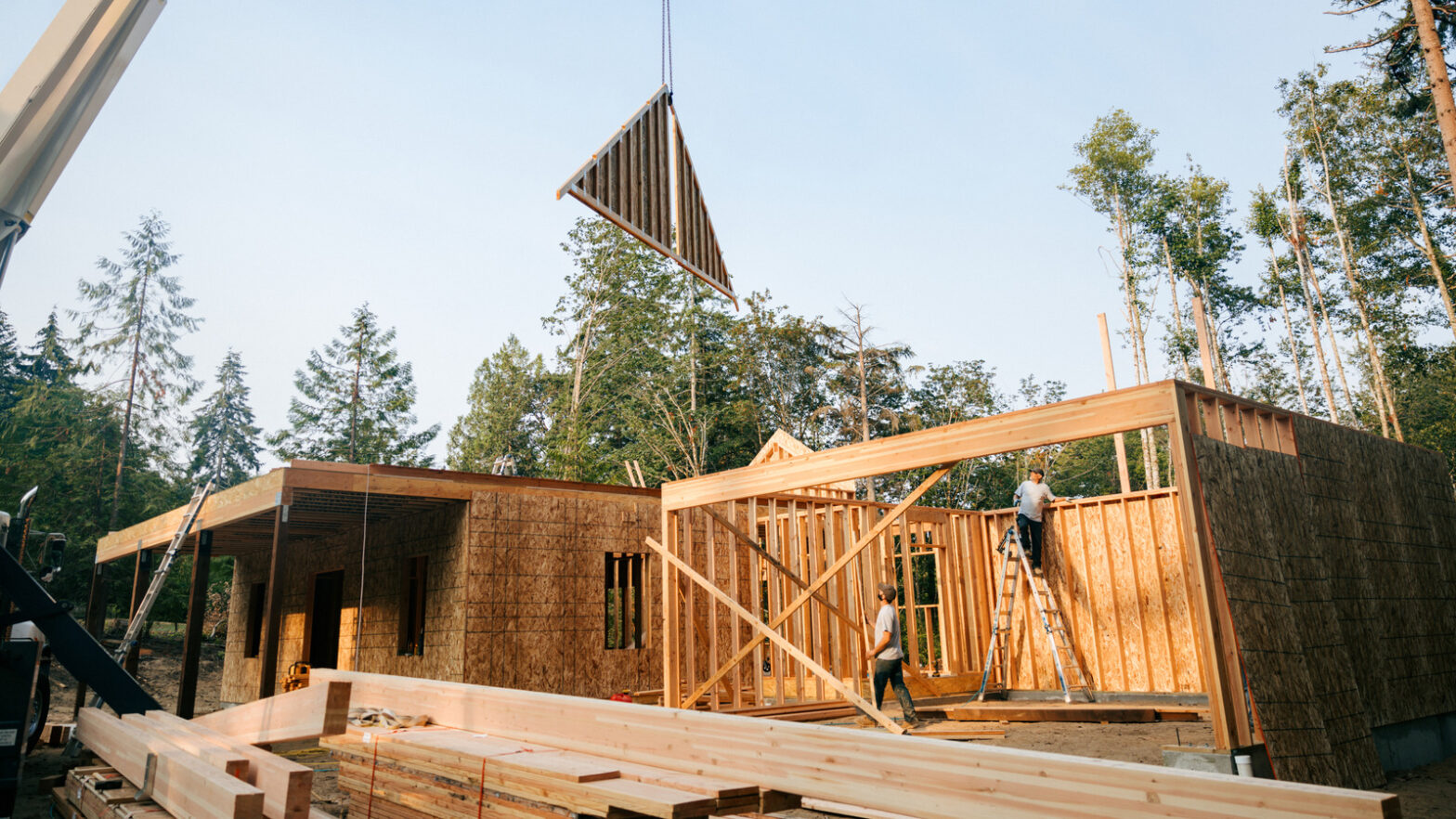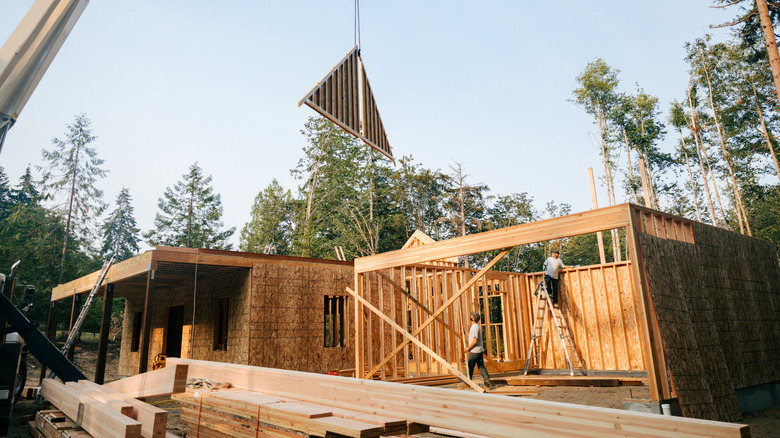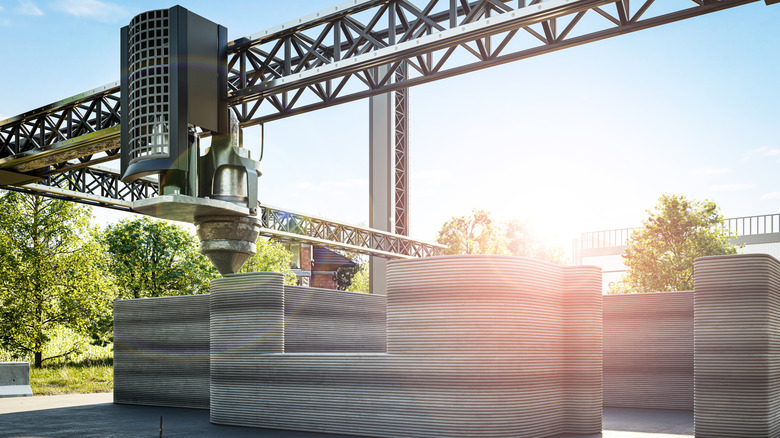You've probably seen a science fiction movie in which futuristic robots take on everyday tasks, from cooking and cleaning to monitoring the streets. While this may not be part of everyday life just yet, housing construction is an area where robots are starting to gain traction. The use of robots in construction is not new, but the technology has evolved, become more advanced – and more impressive. A recently emerged robot is even capable of 3D printing and building an entire house. Although still in the research and development phase, this and similar machines could fundamentally change the future of homebuilding.
There are various challenges when building a house, most notably the lack of skilled workers to complete the work. Even if there are enough workers on site, there are still other issues to deal with, including worker safety, efficiency, consistency and excessive waste. This is where robots come into play. Robots can complete tasks faster, more precisely and with far fewer workers – and the semi-autonomous robot Charlotte is designed to do just that.
With its giant spider-like frame that allows it to easily crawl around a construction site and adjust the height as needed, Charlotte can 3D print houses, such as a 2,150 square foot house, in a single day. As an added bonus, the machine is also touted as a low-carbon solution as it uses locally sourced, eco-friendly building materials such as sand, waste glass and crushed bricks, eliminating much of the waste generated by traditional building practices.
Robots could be crucial to the homebuilding industry
“The building materials we use today, even a simple brick, require so many processes, some of which are very, very carbon intensive,” Jan Golembiewski, co-founder of Earthbuilt Technology, which worked with Crest Robotics to found Charlotte, told ABC News. “Earthbuilt takes the entire process and puts it into a single machine, a single process,” he said, adding, “Raw materials go in and walls come out, and that saves all the costs and all the carbon emissions.” Although Charlotte is making waves in the industry with her flexible design and eco-friendly process, she is certainly not the only player in this space.
Several machines are already making progress in automating the construction process. There are various home 3D printers on the market, most of which use large gantry systems that apply a concrete mix in layers to form walls, while other robots are designed to handle specific home building tasks such as laying bricks, placing rebar, finishing drywall, and erecting scaffolding.
While the construction industry still has a long way to go before robotic construction becomes mainstream, these innovations are on track to solving the ongoing housing crisis that requires alternatives and is plagued by a lack of affordable housing due to labor shortages, labor inefficiency, safety concerns, and unsustainable construction practices.


